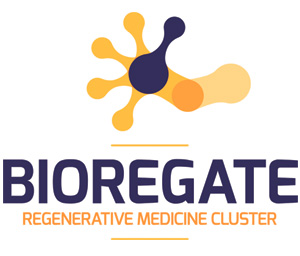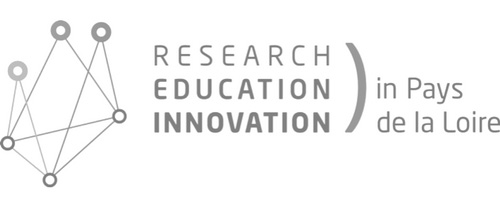Organization activities
Inserm 1063 medical research unit – Angers University is a section of the Angers – Health biology institute which is itself a division of the cellular interactions and therapeutic applications Federative Research Structure (FRS).
28 persons work in the laboratory among which 17 statutory research workers.
The projects that are being developed in the 1063 unit cover the whole range of the living world (from molecule to whole animal) with pluridisciplinary approaches (pharmacology, physiology, cellular and molecular biology, biochemistry).
The scientific project focuses on translational sets of themes which deal with oxidative stress in metabolic pathologies with a particular interest in extracellular vesicles.
SOPAM research activities
Extracellular vesicles (EVs) and metabolic dysfunctions: interrelationship between metabolic syndrome (MetS) and obstructive sleep apnea (OSA)
MetS and OSA are two major syndromes with high penetration in the Western world leading to the increase of cardiovascular risks. We take into account two types of EVs, microparticles (MPs) and exosomes. The main goal is to predict MetS development and its interrelationship and penetration with OSA with into overt disease as well as define new therapeutic opportunities from the delivery of ‘specific’ vesicle subsets. Thus, the focal point of the project is EVs bringing novelty, and establishing possibly a selling point in view of concepts uniqueness. For disease outcome, the focus will be of common downstream consequences of MetS and OSA such as increased cardiovascular morbidity including peripheral vascular diseases and coronary artery disease.
Therapeutic strategies to fight against metabolic dysfunctions: EVs and nutritional approaches
EVs will be engineered to over-express different therapeutic players (proteins, mRNA or miRNA) by driving the synthesis of the relevant EV-producing cells. A goal will be the selection of specific EV subsets to assess their therapeutic potential in proof-of-concept analyses.
We will investigate an optimization of the impact of nutrients from carrot, apple and red wine polyphenol compounds against metabolic diseases. This will be addressed in an integrative manner with regard to the impact of plant genetic variability, culture conditions and conservations on different cells of interest (vascular, adipocytes and hepatocytes) and in experimental models of insulin resistance and obesity. The goal will be to guide the management of production to an optimized composition of nutrients beneficial to fight against diseases with metabolic dysfunctions in terms of “nutrient baskets”.

